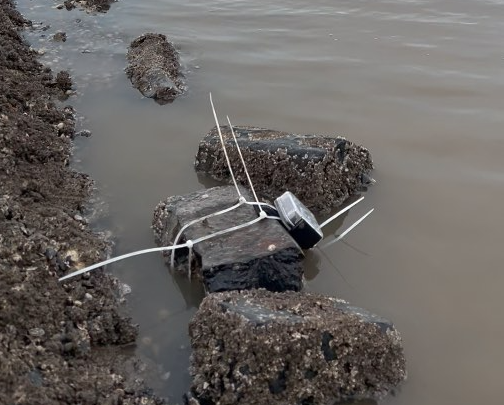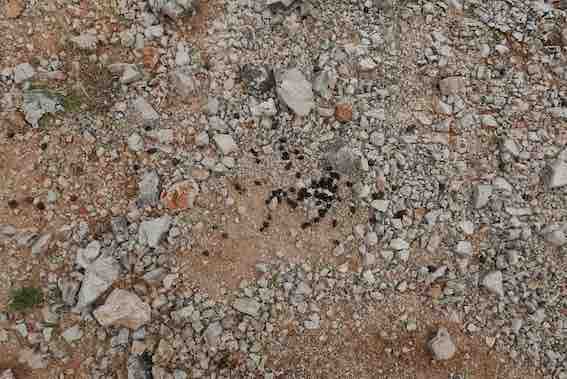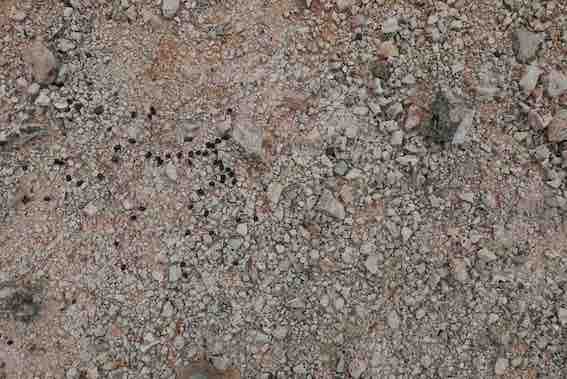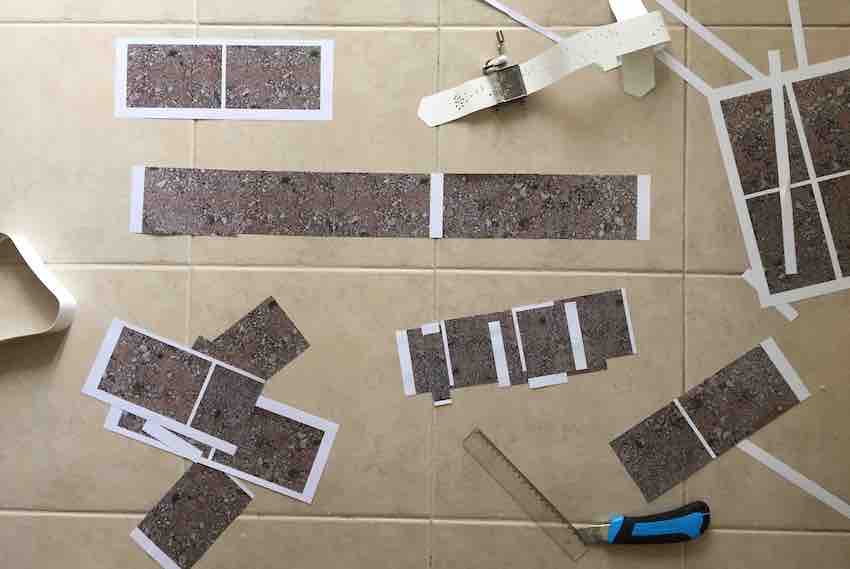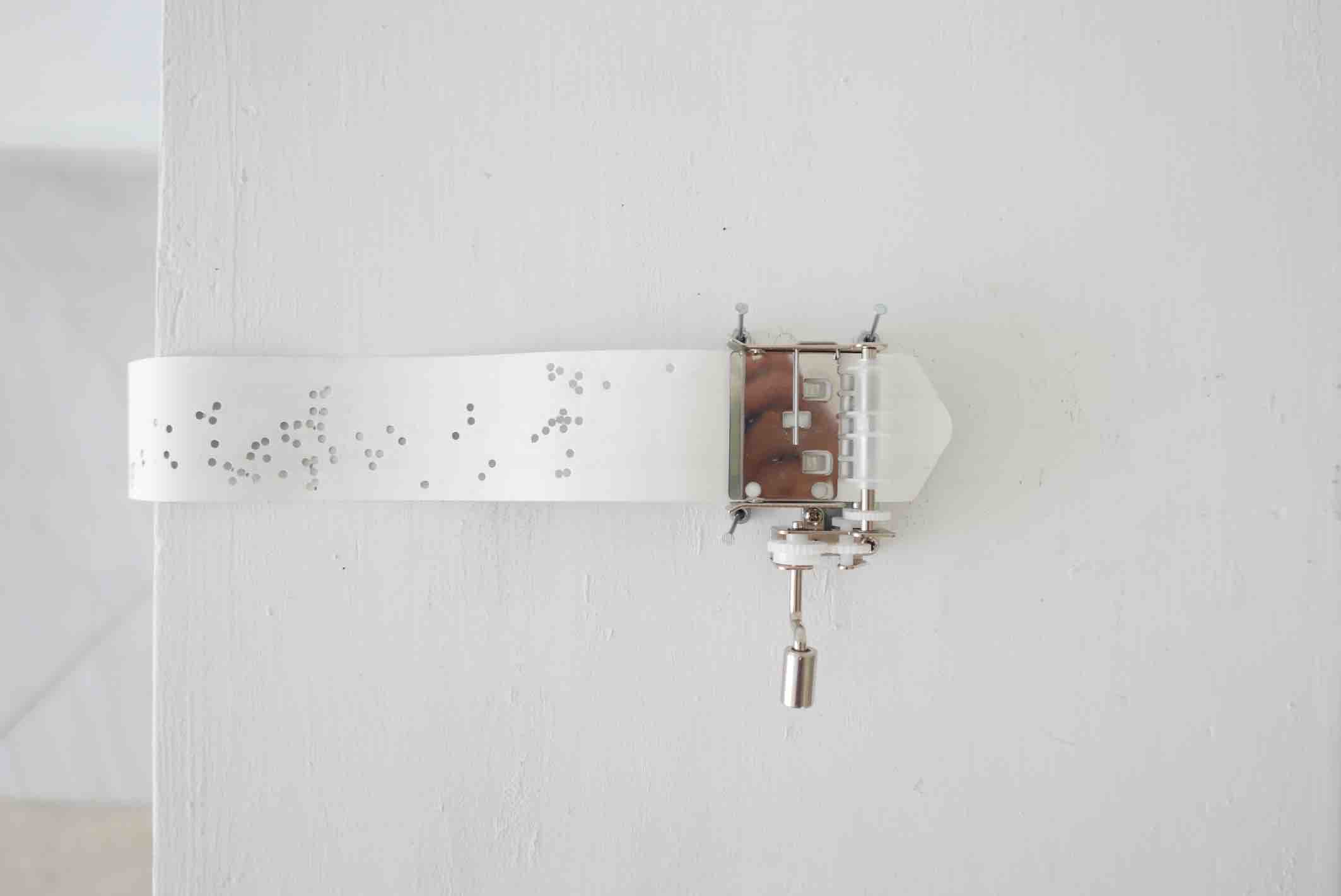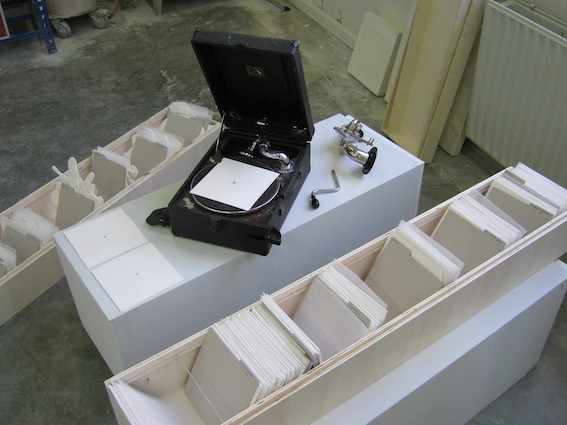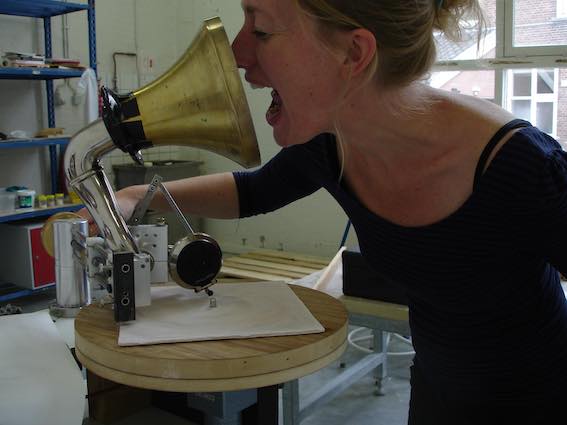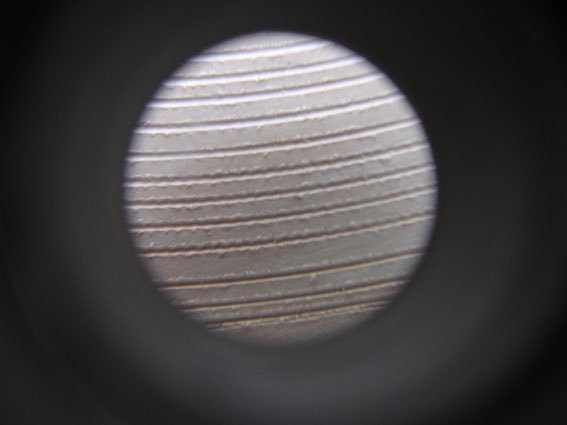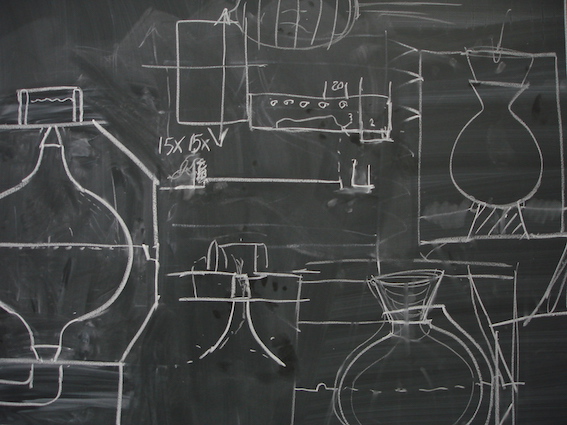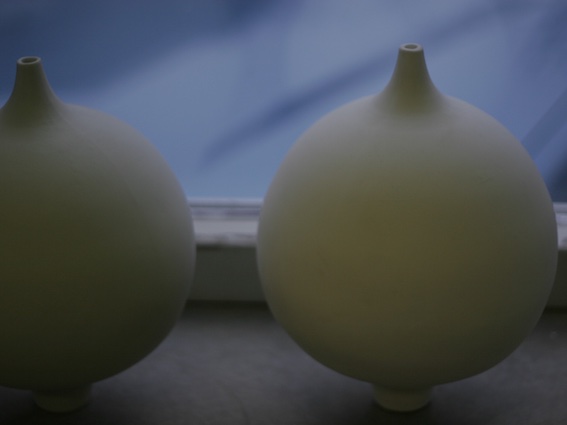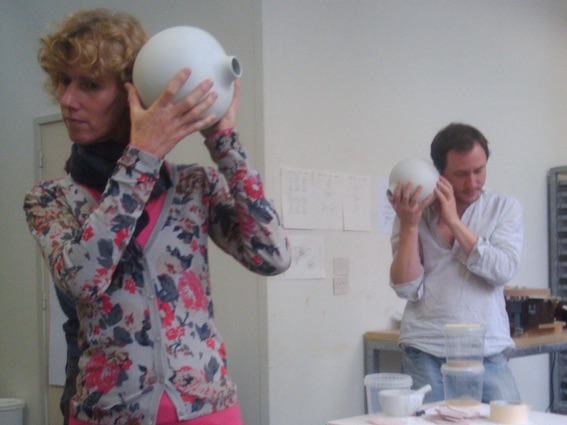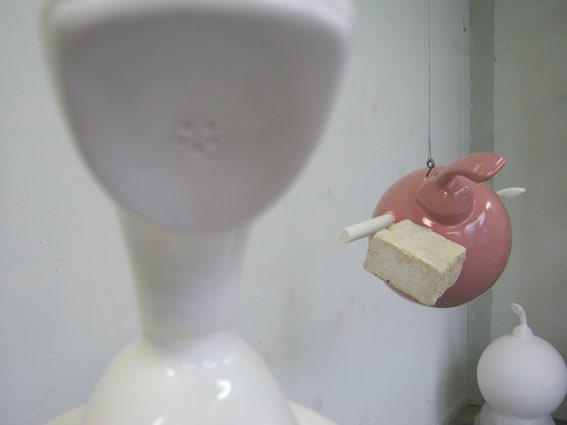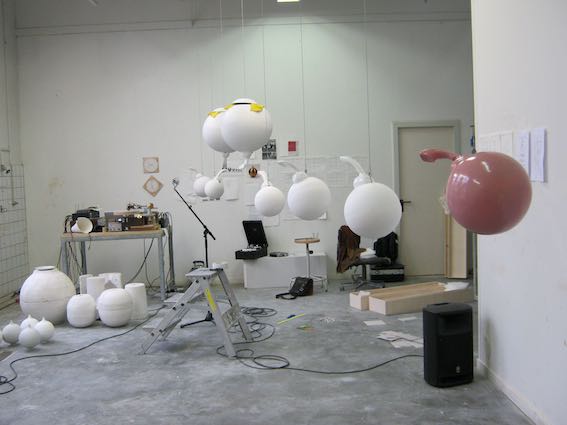Found Compositions are ongoing projects about exploring Earth’s web of life. Found Compositions imagines new ways of listening to sounds in the here and now, forms of attention that require an ear for creation.
The planet I call home is undergoing profound transformations within my lifetime—its biosphere is in decline, and ecosystems are shifting at an unprecedented rate. Humanity bears responsibility for these changes.
Through my Ecological Sound Art projects, I seek to provoke reflection, and to inspire action—reminding us that every sound, every ripple, and every interaction is part of a greater whole.
A free improvisation with sponge and violin
ouyouy
Plays in Sponge in Space explores the spectral and temporal shape of sound, drawing connections between the acoustic spaces created by a sponge and violin, and the visual spaces depicted in the paintings by Aïda Kazarian.
The sponge serves as both a tool and a symbol in this Improvisation project. As an object of investigation and conservation, it represents the fragility and importance of marine biodiversity. Sponges are vital to the health of marine ecosystems, and their survival is deeply tied to our environmental choices. I try to find a balanced, harmonic relationship to it and highlight its ecological significance while celebrating its textural and auditory qualities. ‘And thereby helping to create an ecological awareness for repositioning our species within nature’ (Monacchi 2011:247-8)
–
Goats and humans have a long productive and imaginary history together. When I was walking in the hills of Kefalonia(Gr), I observed their various poo-compositions on the road. They decorated the road, all the way up to the Mountain Evmorfia. Amalthea is often depicted as the goat that raised the young supreme god Zeus in Crete. In one of the Indian stories it is said that the prince of Hoekoe had a goat whose faeces were gold. And in China five Gods rode five different color goats bringing grains, wind and rain to the starving people.
–
Goat’s disorganised compositions of feces on the road are somehow fascinating and inspired me to copy their score on a piece of paper to be used for a music-box.
–
–
The etching of acoustic traces onto the surface of the ceramic echoes the very earliest uses of the material as a simple writing or drawing surface, but I also explore other aspects of the relationship between ceramics and sound. The bone china has a really nice, crisp, ‘kkgghhh’. And you don’t really hear what I’m saying when I’m talking [in the recording], but sometimes you have a sense of, “ssshhh”, “aaaah”, “hheee”.
I used the principles of Helmholtz resonance to produce beautiful ceramic objects that are able to transform the sounds we hear around us.
The porcelain records and ceramophonic resonators demonstrate how the physical properties of different materials can be used to produce and manipulate sounds.
–
–
Before physics was introduced, the winds had the shapes of animals or humans. In the Middle Ages tricky winds were considered the domain of witches and wizards. In the creation myths of the southwest of the United States the first man was weak and lifeless, till the wind filled the body, gave it breath and thought and the ability to stand straight. And according to the Navajo Indians, it is also the wind that learned humans to speak. This is my first kitetrip.
–
–
Part 1. Kite trip in Venice (Italy) with the kite designed by visual artist Stephan Balleux, kite’s sound recorded by artist Frouke Wiarda and song performed by with Meri Nikula.
Part 2. Kite trip in Amsterdam, IJburg (The Netherlands) with the kite designed by visual artist Arnaud Gerniers, kite’s sound recorded by artist Frouke Wiarda, music by Wouter Snoei.
–
–
8 concrete mixers, 8 players, 8 scores, 8 poles, grit, sand, water, glass, PVC, steel and wood. The performers have one thing in common: they never performed before, don’t play any instrument and they never played the concrete mixer.






